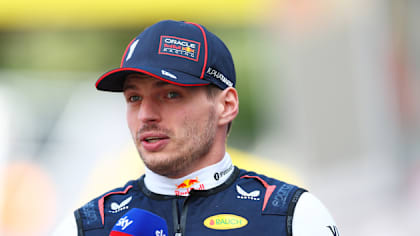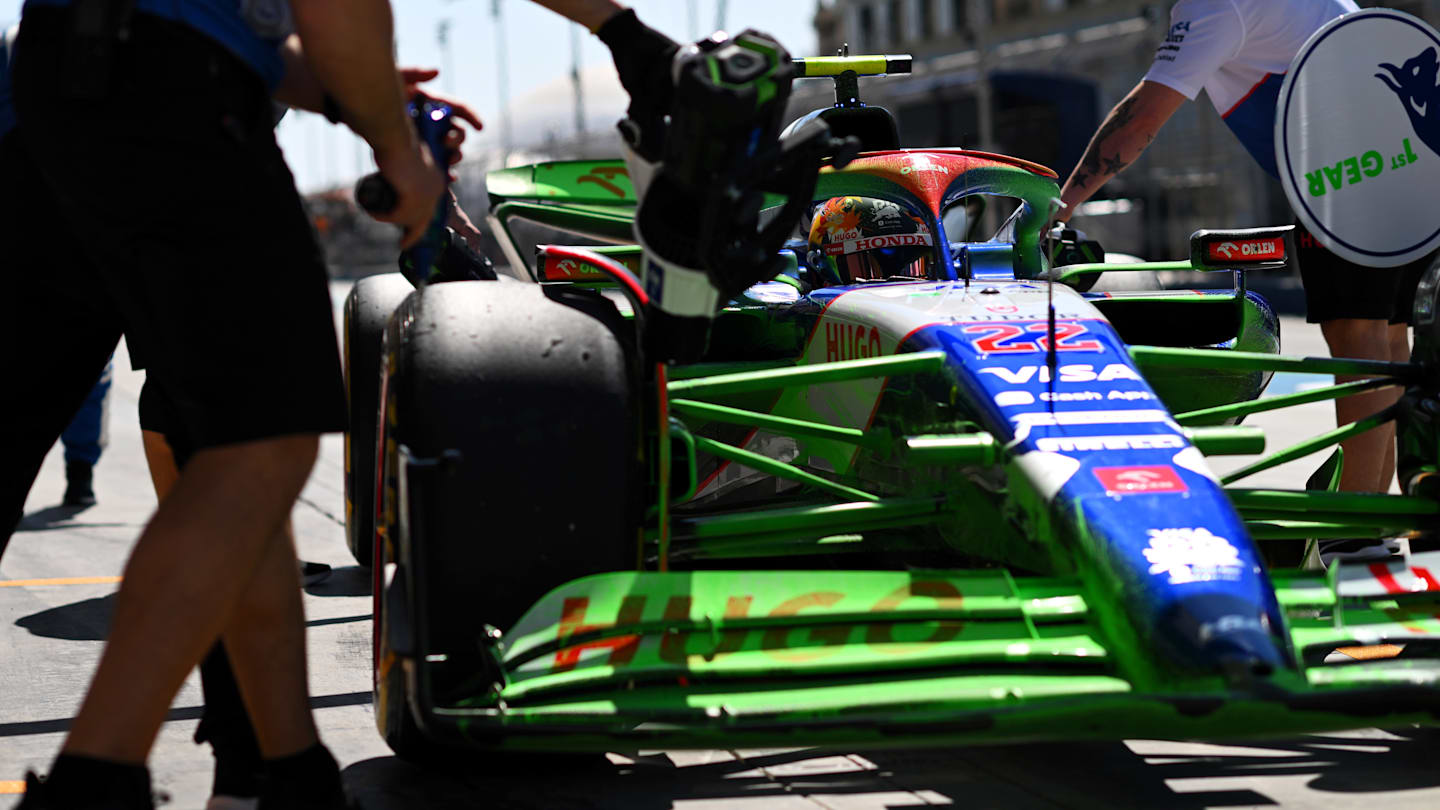
Feature
The beginner's guide to F1 pre-season testing
Share

Our beginner’s guide provides all you need to know about F1 pre-season testing, explaining what it is, where and when it takes place, why it matters and how you can stay up to date with all the latest.
What is F1 pre-season testing?
Formula 1 pre-season testing is a chance for teams to put their cars through their paces ahead of the opening race of the year. It enables teams to see if their new designs are working as they should and gives everyone the chance to see all the new F1 cars on track for the first time.
Testing time is limited in F1, so it’s a highly-regulated event that ensures equal track time and conditions for all the teams and their drivers. Every second counts. Teams have a total testing time of just 24 hours over the course of the event – and they're only allowed to run one of their cars at a time.
READ MORE: Everything you need to know about F1 – Drivers, teams, cars, circuits and more
When is F1 pre-season testing?
In 2025, pre-season testing takes place over three days on February 26-28. The exact timings are to be confirmed, but in recent years each day was scheduled to begin at 10:00 and end at 19:00 local time, with an hour's break (14:00-15:00) separating two four-hour track sessions.
Where is F1 pre-season testing?
Pre-season testing in 2025 is being held at the Bahrain International Circuit in Sakhir, Bahrain.
You can find circuit information, plus the testing schedule (where you can convert local track times to your own time zone) and latest news on our dedicated Pre-Season Testing 2025 page.
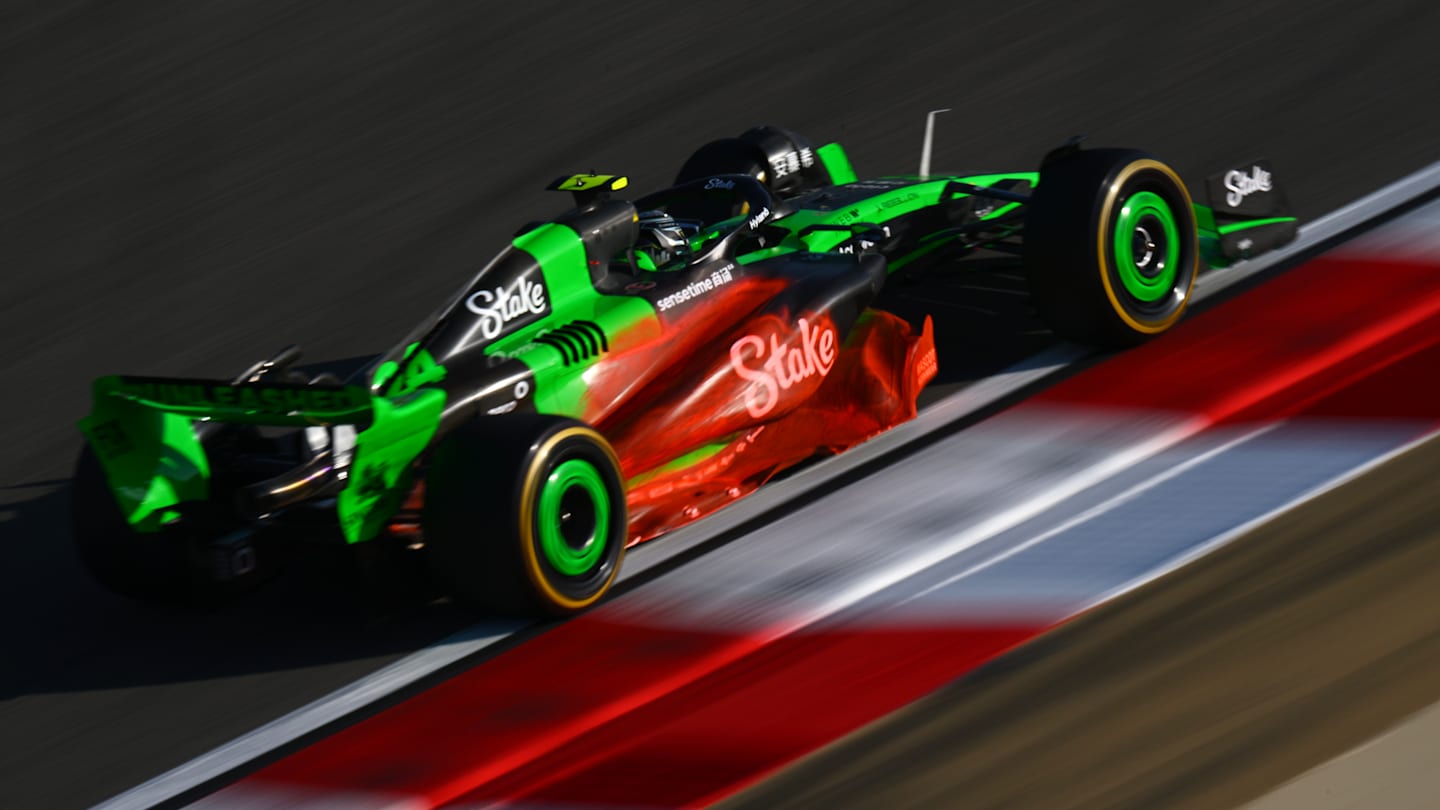
There'll be plenty of flow-vis paint on the cars as teams try to better understand their car performance
Where can I watch F1 pre-season testing?
In selected territories, F1 TV Pro subscribers can experience every angle live on any device, get in-depth analysis, plus catch up with full session replays and highlights.
Alternatively, pre-season coverage may also be shown by our F1 broadcast partners in your area, so check your local listings.
Here on F1.com, we’ll have text commentary and updates in our live blog each day – just as we do for every race weekend – plus live timing, up-to-date reaction and in-depth written analysis from every session.
READ MORE: The beginner’s guide to the F1 Drivers’ Championship
Why do F1 teams take part in pre-season testing?
Teams make considerable changes to their designs during the winter break and build entirely new cars for each new season. They need time to test the new parts – while also making sure their cars are reliable – before the opening race of the season. To finish first, first you must finish.
Pre-season testing is also important for drivers, whether they’re multiple world champions who have been in the sport for years or a rookie entering their first full F1 campaign. While they may have had ample hours in the simulator, testing might be their first time at the wheel of the brand-new machine and is an invaluable chance to get some much-needed track time before the first race.
Meanwhile the engineers will use the days to collect data on their new challengers and make sure it correlates with wind tunnel and computer simulation information, while the mechanics will sharpen their skills during the event by practising pit stops before the season begins. Nothing is left to chance.
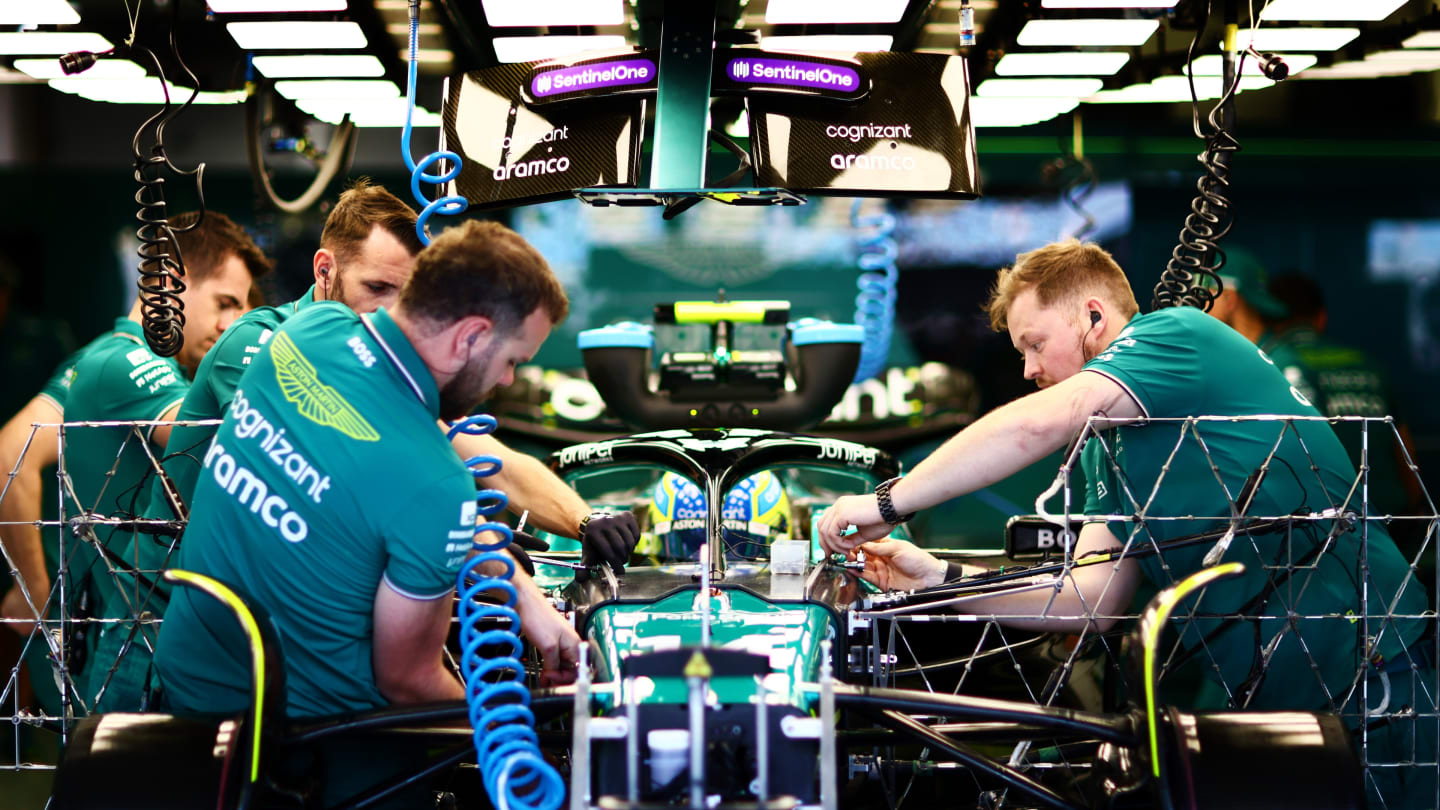
F1 teams have very limited testing time and need to make sure their cars are in the best possible shape for the season ahead
What should I watch for in pre-season testing?
Pre-season is the first proper chance to see the new cars on track, each hopefully sporting new parts – though that isn’t always obvious! Teams might have re-shaped their sidepods and engine covers over the winter break, or tweaked elements of the floor, wings or underside of the car for example.
Look out for lots of flow-vis paint (a mixture of fluorescent powder and a light oil) and aero rakes (scaffolding-like structures covered in sensors) liberally applied or attached to the cars. This helps the teams work out if the car (or part of it) is performing as intended.
READ MORE: The beginner’s guide to the F1 Constructors’ Championship
Mileage is at a premium given how short the pre-season test is, but the number of laps isn’t necessarily an indicator of future success. Last season for example, Kick Sauber – who went on to finish 10th in the constructor standings – put in 379 laps over the three-day event. 2024 champions McLaren completed 328 laps.
Don’t expect the cars you see in testing to be identical to the machines racing in the opening round of the season either. In the past, teams have added major upgrades between testing and the first race. With two weeks between the first two on-track events of the season, teams will almost definitely be fitting upgrades of some description before the first Grand Prix of the year in Australia on March 16.
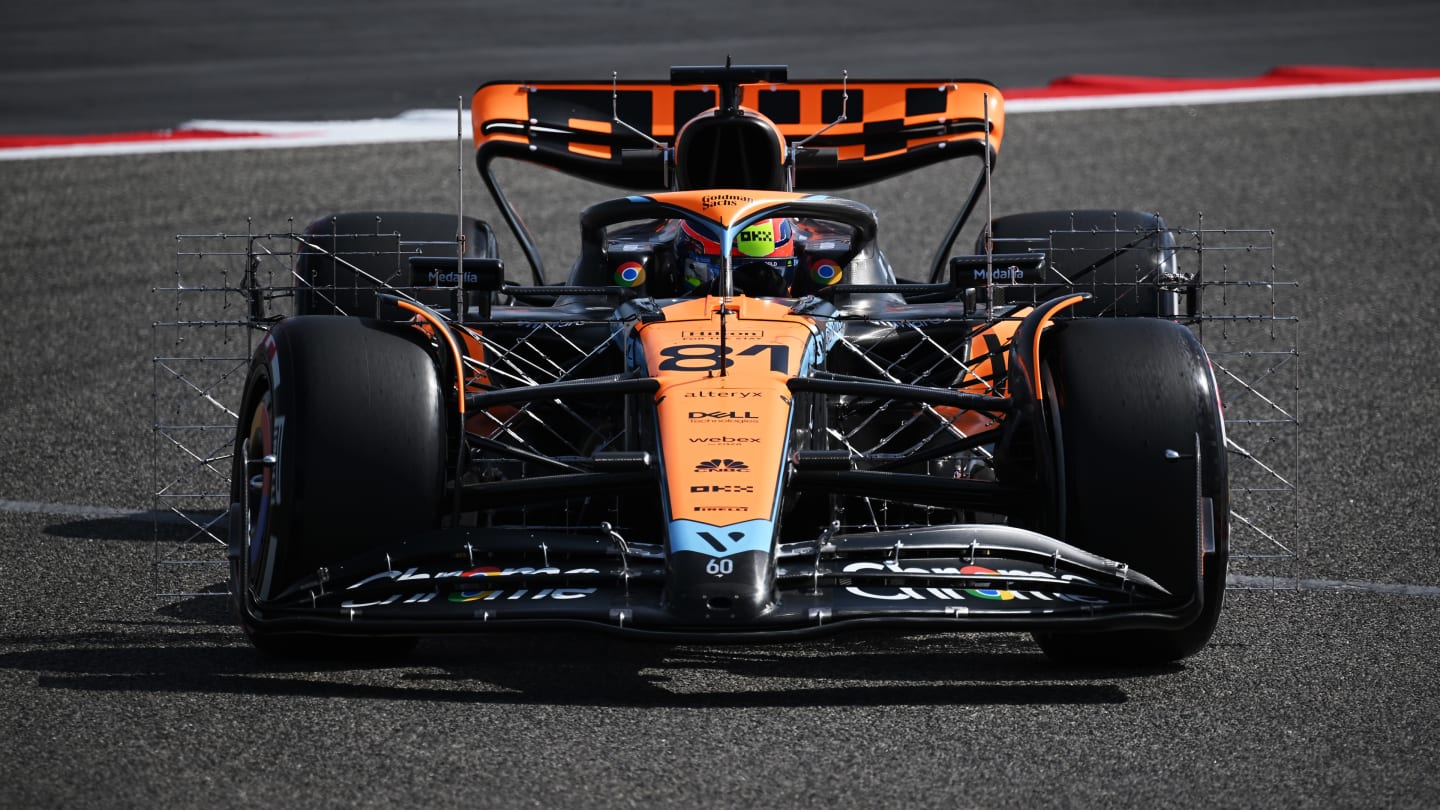
Aero rakes packed with data-gathering sensors are often attached to F1 cars in pre-season testing
Do the timesheets matter in pre-season testing?
Yes, to a point – teams will be looking to put in some fast laps by running their cars with lower fuel loads and softer tyre compounds – but testing times do need to be taken with a pinch of salt.
Ferrari set the fastest time in pre-season last year as their drivers Carlos Sainz and Charles Leclerc topped the timesheets on Day 2 and Day 3 respectively. Sainz's 1m 29.921s was the quickest time of the entire test.
READ MORE: The beginner’s guide to the F1 calendar
The Italian squad would finish second to McLaren (who set the seventh quickest testing time overall) in the constructors' championship, while Red Bull's Max Verstappen clinched his fourth consecutive drivers’ crown – so testing doesn't necessarily give us a complete picture of the competitive order. Teams continue to develop their cars throughout the campaign, which led to a thrilling 2024 season.
Teams don't generally reveal how much fuel they've been using during a session either, which makes it even harder to tell who's actually going to be fastest. Look out for suggestions about sandbagging too (where a team deliberately puts in slower than expected laps to hide the true potential of their car).

RACE TICKETS - SPAIN
Don't miss your chance to experience F1 racing in Barcelona...
YOU MIGHT ALSO LIKE
News Victor Martins to make F1 weekend debut as Williams confirm F2 racer for FP1 in Barcelona
FeatureF1 Unlocked MONDAY MORNING DEBRIEF: How Red Bull rolled the dice to give Verstappen the chance of an against-the-odds victory in Monaco
News Wolff reveals Williams boss Vowles sent him an apology text during Monaco GP
News ‘It was the only option’ – Verstappen explains alternate tyre strategy in Monaco after going from P1 to P4 on final lap
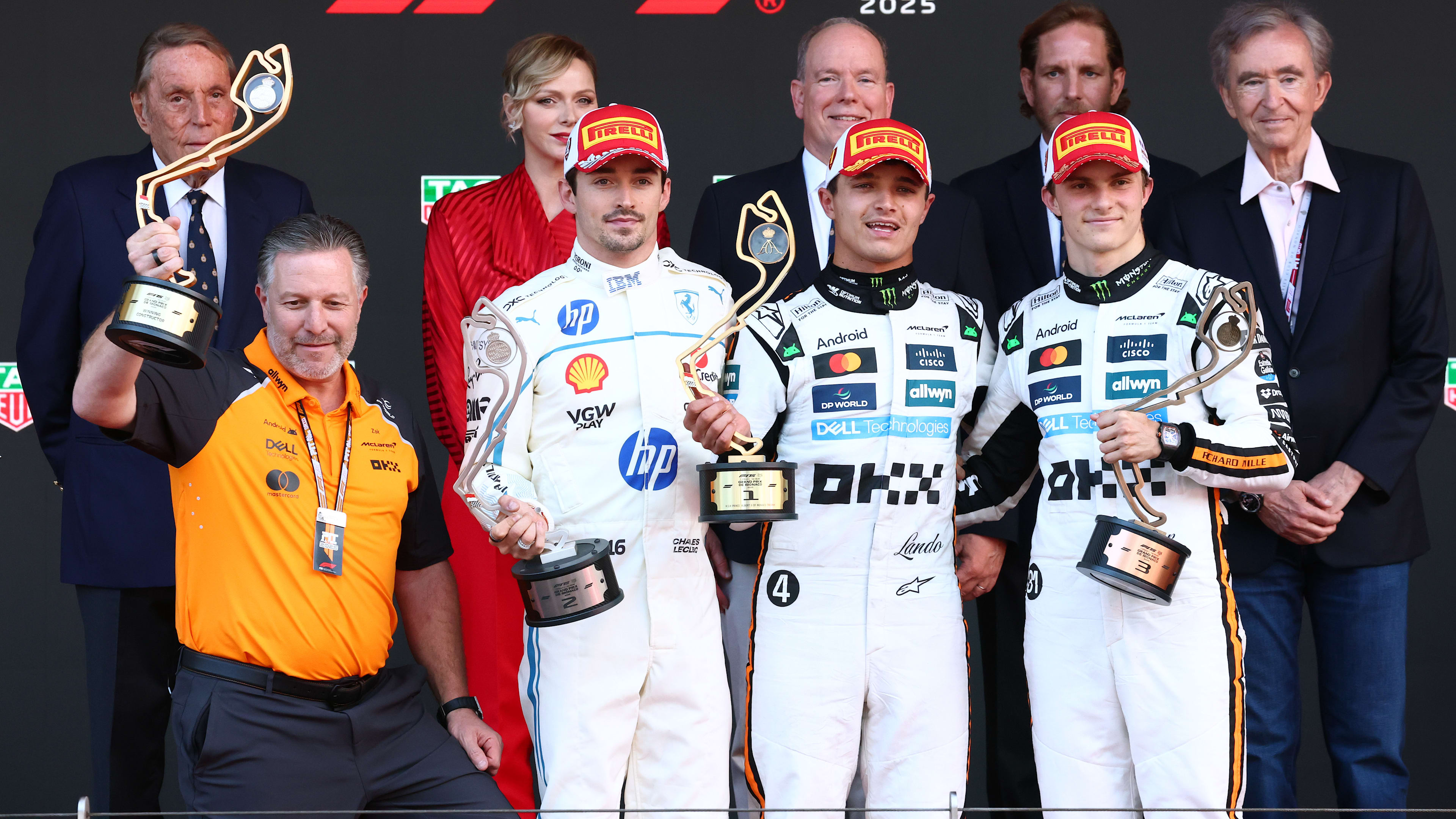

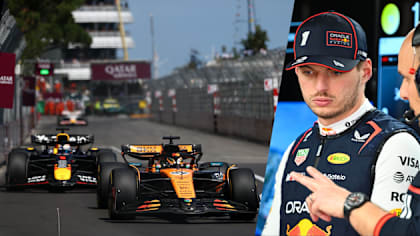
)
